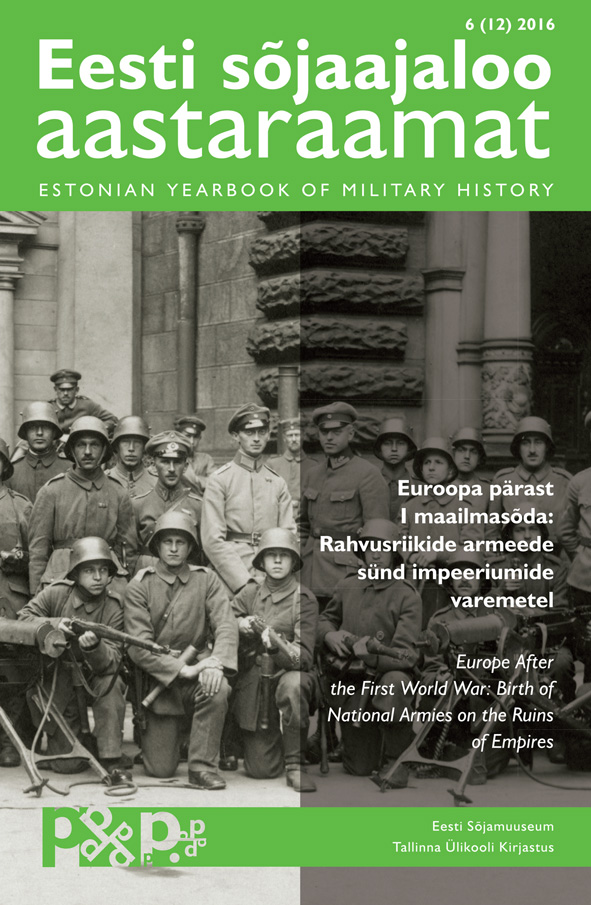Arheoloogiline eksperiment Otepää varspüssi rekonstruktsiooniga - Eesti vanima tulirelva taktikalis-tehniliste näitajate analüüs
Archaeological experiment with a reconstruction of the Otepää handgonne. Analysis of the tactical and technical characteristics of the oldest Estonian firearm.
Author(s): Jaak MällSubject(s): Archaeology, Military history, Middle Ages, 15th Century
Published by: Tallinna Ülikooli Kirjastus
Keywords: Handgonne; medieval firearms; experimental archaeology; history of firearms;
Summary/Abstract: The paper describes a series of tests performed with a reconstruction of the oldest known firearm in Estonia – a 15th-century handgonne from the castle of Otepää. The purpose of the experiment was to investigate the impact of the earliest hand-held firearms on 15th-century European warfare. As there have been many well-documented experiments with reconstructed late mediaeval bows and crossbows published in recent years, it was possible to compare the results to the performance of this reconstructed early hand-held firearm. The experiments included penetration tests into solid pinewood and muzzle velocity measurements. It was concluded that judging from the results of the experiments, the early hand-held firearms were vastly superior compared to the mechanical missile weapons of the time, both in terms of penetrative properties and the kinetic energy of the attack.
Journal: Eesti Sõjaajaloo Aastaraamat
- Issue Year: 6/2016
- Issue No: 1
- Page Range: 272-295
- Page Count: 24
- Language: Estonian

